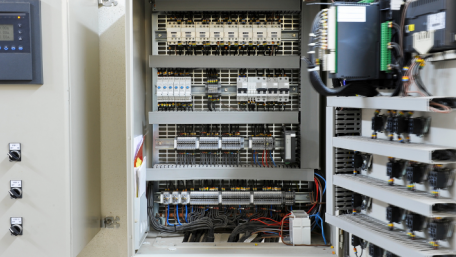
Industrial control panels are at the heart of control systems. Learn about the standards and regulations that dictate industrial control panel design for safety…
Industrial control panels are at the heart of control systems. Learn about the standards and regulations that dictate industrial control panel design for safety and efficiency, including NFPA 70, UL 60947-4-1, and NFPA 79.
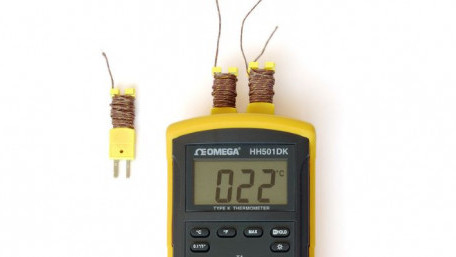
There are many considerations when selecting a thermocouple type. In this article, we look at the advantages, and…
There are many considerations when selecting a thermocouple type. In this article, we look at the advantages, and limitations, of the eight standard thermocouples and various installation considerations.
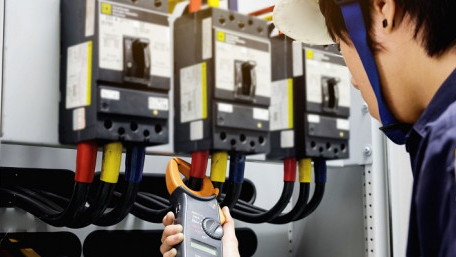
The diverse power terms in electrical generation systems include active, reactive, and apparent power, all of which lead…
The diverse power terms in electrical generation systems include active, reactive, and apparent power, all of which lead to the introduction of ‘power factor’ effectiveness in an AC circuit.
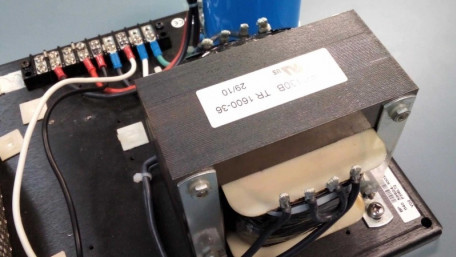
Grounding transformer connections presents its own set of challenges. This article addresses these challenges and several…
Grounding transformer connections presents its own set of challenges. This article addresses these challenges and several common configurations for control transformer grounding.
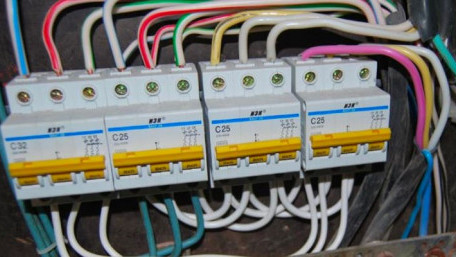
Fuses and breakers are some of the most common safeguards to prevent electrical shock and fires. Learn about these two…
Fuses and breakers are some of the most common safeguards to prevent electrical shock and fires. Learn about these two pieces of industrial equipment and the difference between slow blow and quick blow responses.
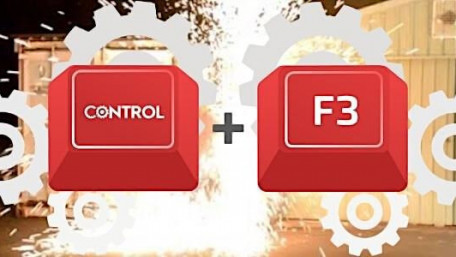
The CTRL F3 series reviews field studies and failures in the field focused on control fails, fixes, and facts. This…
The CTRL F3 series reviews field studies and failures in the field focused on control fails, fixes, and facts. This article covers an explosion at an industrial sawmill.
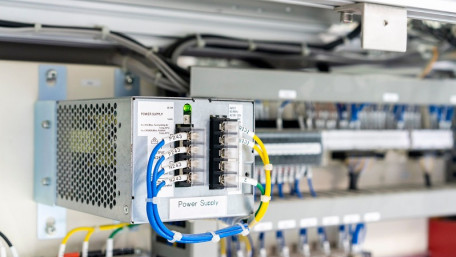
DC voltage systems exist to provide controllers and field devices with stable power, but it is not always clear when…
DC voltage systems exist to provide controllers and field devices with stable power, but it is not always clear when these systems should be bonded with the earth ground of the AC line voltage supply.
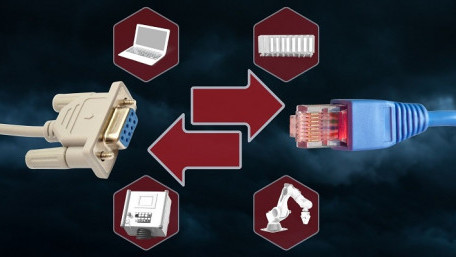
One common challenge when working with legacy control systems is establishing communication with old devices that use old…
One common challenge when working with legacy control systems is establishing communication with old devices that use old protocols like RS232 and RS485. Learn about the importance of converting from serial to Ethernet.
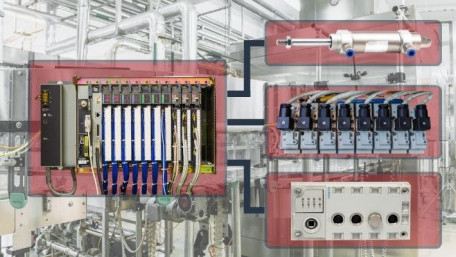
There are many distributed fieldbus capabilities for valve manifolds that can save on network overhead and wiring. In…
There are many distributed fieldbus capabilities for valve manifolds that can save on network overhead and wiring. In this article, we will look at PLC programming of fieldbus manifolds highlighting Festo's CPX layout.
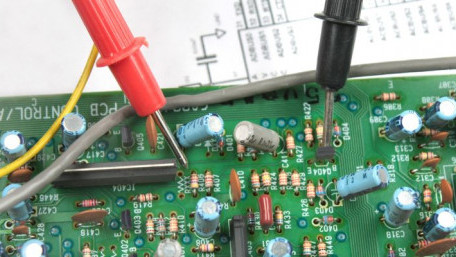
Control engineering is integrally woven together with electricity and electrical circuits. Even so, sometimes the most…
Control engineering is integrally woven together with electricity and electrical circuits. Even so, sometimes the most basic scenarios become misunderstood through lack of training or experience.
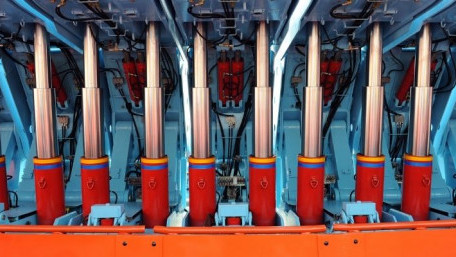
What if you could control the end position and the speed of a hydraulic actuator accurately with just a simple signal?…
What if you could control the end position and the speed of a hydraulic actuator accurately with just a simple signal? Some systems use simple open/close valves, but others require far more precision.
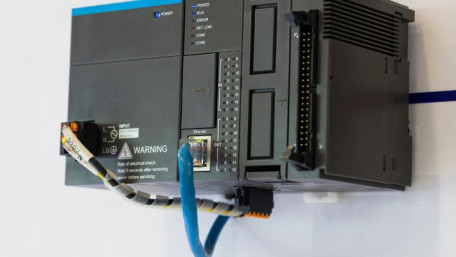
What’s the difference between a Cat 6 and a Cat 6a cable, anyhow? Ethernet cables must meet certain performance…
What’s the difference between a Cat 6 and a Cat 6a cable, anyhow? Ethernet cables must meet certain performance standards, and these standards can be quite confusing at first glance.
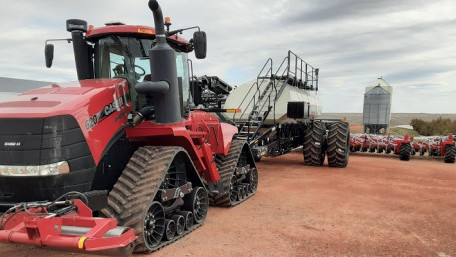
Our Control Automation engineering staff got the chance to visit a commercial farm in North Dakota and learn the hardware…
Our Control Automation engineering staff got the chance to visit a commercial farm in North Dakota and learn the hardware and software making these huge automated tractors ready for high-tech ‘field’ work.
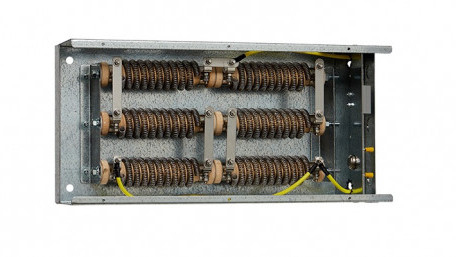
Large DC and AC motor drives often provide terminals for installing a braking resistor. What are these resistors, and how…
Large DC and AC motor drives often provide terminals for installing a braking resistor. What are these resistors, and how do they slow down a machine? What hazards and cautions must be considered?
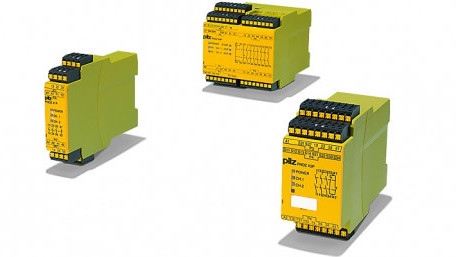
Redundancy and safety are often seen together in industrial safety systems. Safety relays monitor emergency devices to…
Redundancy and safety are often seen together in industrial safety systems. Safety relays monitor emergency devices to switch contacts based on status - but what makes them different from normal relays?
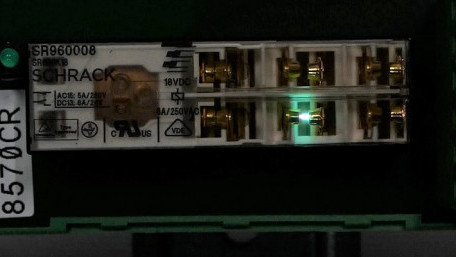
Inductive loads, such as solenoids and contactors, can cause arcs and failures back into electromechanical switching…
Inductive loads, such as solenoids and contactors, can cause arcs and failures back into electromechanical switching devices, causing costly downtime. The solution is cheaper than you think.
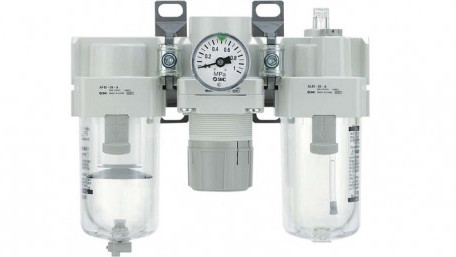
Moisture inside industrial pneumatic systems is a major cause for concern, and if the air is not filtered or dried…
Moisture inside industrial pneumatic systems is a major cause for concern, and if the air is not filtered or dried properly, it can lead to serious failures.
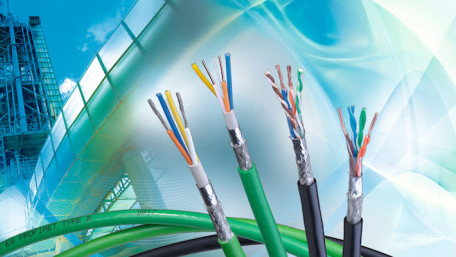
Industrial automation is only possible when the various system components can communicate with each other using physical…
Industrial automation is only possible when the various system components can communicate with each other using physical cable connections. In this article, learn about some of the most popular communication cables and connectors used in the industry.
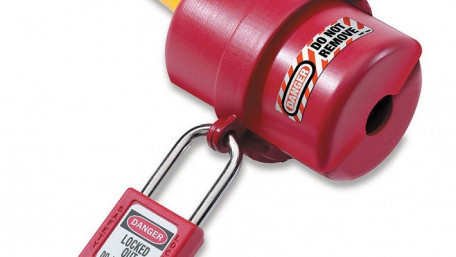
One of the most visible elements of industrial safety is the use of lock-out-tag-out (LOTO) devices, familiar to those…
One of the most visible elements of industrial safety is the use of lock-out-tag-out (LOTO) devices, familiar to those with experience. But, if you are new to the workforce, a brief introduction may be helpful.
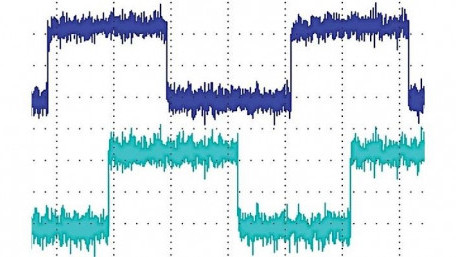
Noise signal sources occur primarily from radiofrequency interference (RFI), often in the form of impulse functions or…
Noise signal sources occur primarily from radiofrequency interference (RFI), often in the form of impulse functions or arcing. How do you mitigate process noise from your control system?
